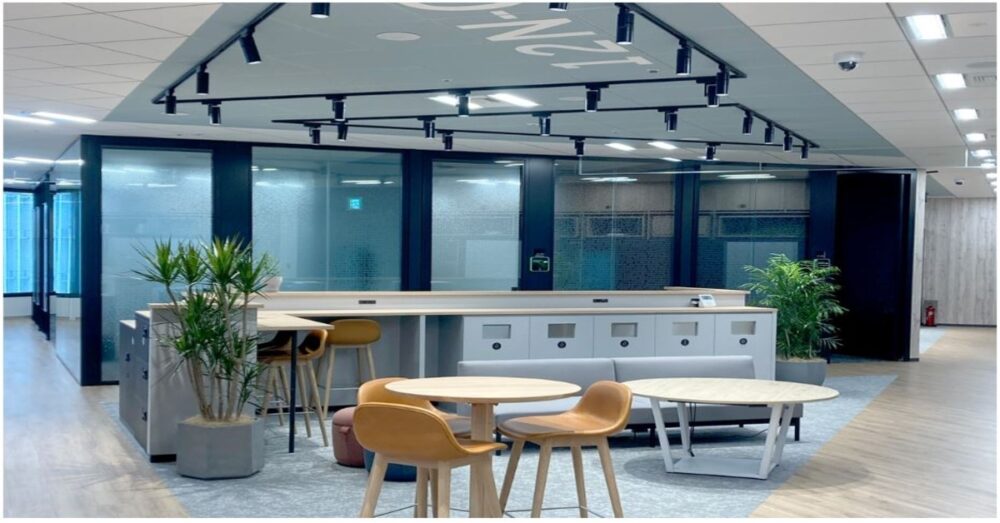
Introduction
In SAP S/4HANA Materials Management (MM), the Material Master is the central source of information about materials that a company procures, manufactures, stores, and sells. Every function in SAP—from procurement, inventory management, production planning, to sales and distribution—relies on accurate and complete material master data.
If material master data is incorrect, incomplete, or inconsistent, it can directly impact procurement efficiency, costing, financial postings, and customer satisfaction. This makes material master management a critical foundation for business operations.
What is the Material Master in SAP S/4HANA MM?
The Material Master is a central database in SAP that stores all material-related information. It provides a single source of truth for material data, ensuring consistency across all modules.
- Procurement team uses it for purchasing.
- Inventory team uses it for stock management.
- Finance team uses it for valuation and account determination.
- Sales team uses it for pricing and customer orders.
In S/4HANA, the material master integrates seamlessly with other modules like FI (Financial Accounting), CO (Controlling), PP (Production Planning), SD (Sales and Distribution), and WM/EWM (Warehouse Management).
Structure of Material Master

The material master is divided into three key levels:
- Client Level
- The highest level in SAP hierarchy.
- Data maintained here is valid for all company codes and plants.
- Example: Material Number, Material Description.
- Plant Level
- Plant-specific data like valuation, storage, and MRP settings.
- Example: Procurement Type, Storage Location.
- Storage Location Level
- Data specific to storage locations within a plant.
- Example: Storage Bin, Stock Placement Indicators.
Material Master Data Views
Material master data is organized into multiple views, each serving a different functional area.
1. Basic Data View
- Material Number
- Material Description (Short & Long)
- Base Unit of Measure (e.g., KG, EA, MTR)
- Material Group
- Division
2. Purchasing View
- Purchasing Group
- Order Unit
- Purchasing Value Key
- Source List Indicator
- Tax Indicators
3. MRP (Material Requirement Planning) View
- MRP Type (PD, VB, etc.)
- Reorder Point
- Safety Stock
- Lot Size
- Procurement Type (E – In-house, F – External)
4. Accounting View
- Valuation Class
- Price Control (Standard/Moving Average)
- Standard Price
- Moving Average Price
- G/L Accounts linked via Account Determination
5. Storage View
- Storage Conditions
- Special Storage Indicators
- Storage Bin
6. Sales View (if relevant)
- Sales Organization
- Distribution Channel
- Sales Unit
- Delivering Plant
Each view is optional, and only relevant views are created depending on material type and business process.
Material Types in SAP S/4HANA
Material types determine how materials behave in SAP. Some standard material types are:
- ROH – Raw Materials (Purchased, not produced in-house)
- FERT – Finished Products (Produced in-house, sold to customers)
- HALB – Semi-Finished Products (Used in production of finished goods)
- HIBE – Operating Supplies (Consumables)
- NLAG – Non-Stock Materials (Procured as needed, not inventoried)
- VERP – Packaging Materials
- DIEN – Services
Each material type controls:
- Allowed views.
- Number range assignment.
- Default field settings.
- Account determination linkage.
Key Fields in Material Master
Here are some critical fields in material master:
- Material Number (MATNR): Unique identifier.
- Material Group (MATKL): Groups materials for reporting.
- Valuation Class (BKLAS): Links to G/L accounts.
- Base Unit of Measure (MEINS): Defines stockkeeping unit.
- MRP Type (DISMM): Determines planning method.
- Price Control (VPRSV): “S” for standard, “V” for moving average.
Material Master Tables in SAP
Some key SAP tables for material master:
| Table | Description |
|---|---|
| MARA | General Material Data |
| MAKT | Material Descriptions |
| MBEW | Material Valuation |
| MARD | Storage Location Data |
| MVKE | Sales Data |
| MARC | Plant Data for Material |
Material Number Management
In S/4HANA, material numbers can be:
- Internal Number Assignment – SAP automatically assigns the number from a number range.
- External Number Assignment – User manually assigns a number during creation.
SAP recommends a structured number range policy for easier reporting and maintenance. Example:
- 100000–199999 → Raw Materials
- 200000–299999 → Finished Products
Creation and Maintenance of Material Master
The most common transactions for creating and maintaining materials:
- MM01 – Create Material
- MM02 – Change Material
- MM03 – Display Material
- MM17 – Mass Maintenance
In S/4HANA Fiori, material master maintenance is done via apps like:
- Create Material (Fiori App)
- Change Material
- Display Material

Material Master in Procurement Process
The material master plays a critical role in procurement.
- Purchase Requisition – Material number determines description and purchasing group.
- Purchase Order – System pulls data like base unit, purchasing info records.
- Goods Receipt – Inventory valuation based on accounting data.
- Invoice Verification – FI postings based on valuation class.
Without material master, SAP cannot process procurement transactions efficiently.
Material Master in Inventory Management
Inventory movements such as goods receipts, goods issues, transfers rely on material master data.
- Storage location is determined from material master.
- Stock valuation comes from accounting data.
- MRP data controls stock replenishment.
Example: If safety stock is maintained, system automatically creates requisitions when stock falls below threshold.
Material Master in Finance (Integration with FI/CO)
Valuation Class determines which G/L account will be hit.
Price Control defines whether stock is valued at Standard Price (S) or Moving Average Price (V).
Material Ledger (Mandatory in S/4HANA) records all material valuations, actual costing, and currency conversions.
Advanced Topics
1. Material Ledger in S/4HANA
- Mandatory in S/4HANA.
- Supports multi-currency valuation.
- Enables actual costing and profitability analysis.
2. Batch Management
- Used in industries like pharma and chemicals.
- Allows tracking of material batches for quality and compliance.
3. Classification of Materials
- Materials can be classified into classes and characteristics.
- Used in engineering and variant configuration.
4. Material Master Data Governance (MDG)
- Ensures consistency, accuracy, and approval workflows for master data.
Common Errors in Material Master
Wrong material type assigned → Incorrect views appear.
Incorrect valuation class → Wrong G/L accounts updated.
Missing purchasing view → Material cannot be procured.
Wrong base unit of measure → Stock discrepancies.
Duplicate materials → Redundant stock and reporting errors.
Best Practices for Material Master Management
Use a data governance team for approvals.
Standardize naming conventions and numbering.
Regularly audit and cleanse data.
Train end-users to avoid incorrect entries.
Leverage SAP MDG for large enterprises.
Real-World Use Case
A manufacturing company created duplicate materials for the same raw material (Steel Rods).
- One material had UoM in KG.
- Another material had UoM in MTR.
This created confusion in procurement, stock valuation, and reporting.
Solution:
- Standardized material master data.
- Migrated to a single material number with proper conversion factors.
- Resulted in reduced stock discrepancies and better reporting.

FAQs on Material Master
What is the difference between material type and valuation class?
- Material type controls allowed views and behavior.
- Valuation class links materials to G/L accounts.
2. What is the purpose of material groups?
- To classify materials for reporting, analysis, and control.
3. Can one material be extended to multiple plants?
- Yes. Each plant can maintain its own plant-specific views.
4. How is material number range assigned?
- Through configuration (internal or external assignment).
5. What is the difference between standard price and moving average price?
- Standard Price (S): Fixed, variances posted to price difference account.
- Moving Average Price (V): Changes dynamically with each procurement.
6. Is material ledger mandatory in S/4HANA?
- Yes, it is mandatory from S/4HANA onwards.
Conclusion
The Material Master in SAP S/4HANA MM is the foundation of all logistics and finance processes. From procurement to production, inventory, sales, and accounting, it plays a pivotal role in ensuring accurate and seamless business transactions.
Key takeaways:
- A well-structured material master ensures data consistency.
- Strong integration with FI/CO ensures accurate financial postings.
- With Material Ledger and Fiori apps, SAP S/4HANA offers improved reporting and usability.
For consultants, mastering the material master is non-negotiable, as it impacts every module in the system. For businesses, investing in data governance and standardization ensures long-term efficiency and compliance.
